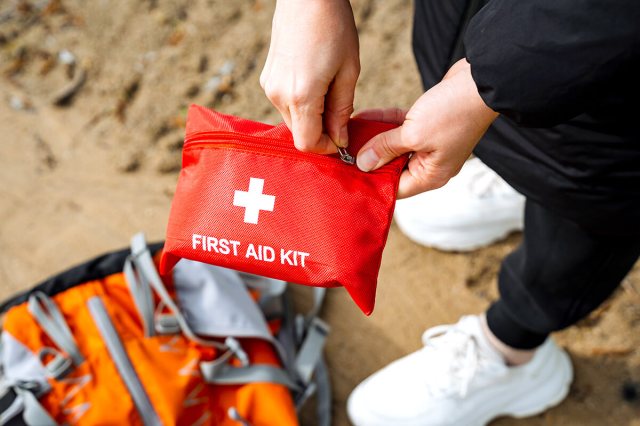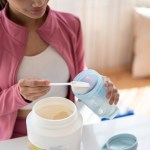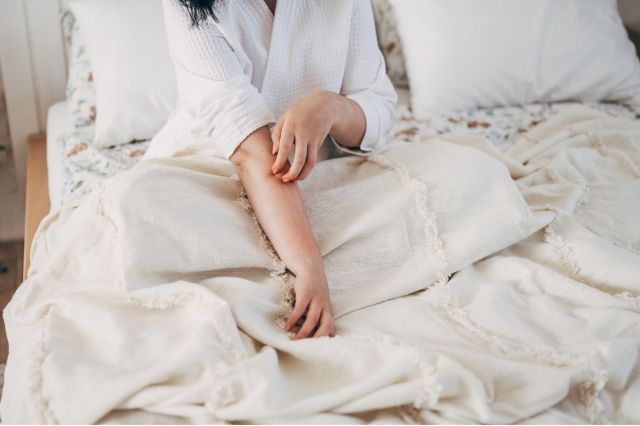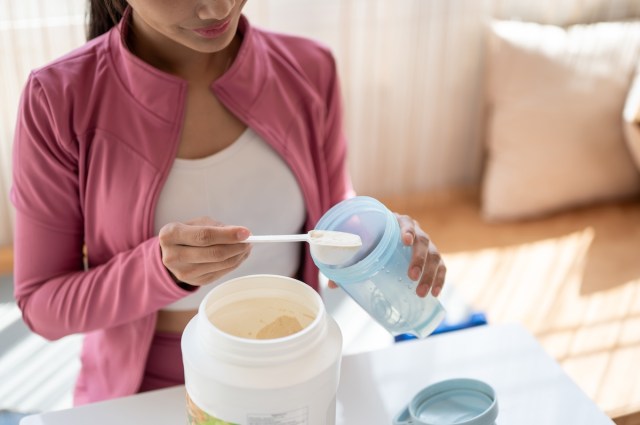All featured products and deals are selected independently and objectively by the author. Better Report may receive a share of sales via affiliate links in content.
First aid kits are a must-have in any home. You never know what injuries may arise, and you should be prepared to handle the minor ones, from scrapes to burns. There are many premade kits available, but you can also customize one to fit your household’s needs. If you’re going down the DIY route, there are a few components that we consider essential that you can find at Amazon, big box stores, or your local pharmacy. If there’s room, you can add in any products that address more unique situations later.
It may seem like there are a lot of items on this list, but when it comes to emergency preparedness, it’s better to be safe than sorry. Hopefully you won’t need to use your first aid kit too often and this collection will last you a long time. Just remember to keep an eye on expiration dates and replace items when they’re no longer usable! For any tools you’re unsure about, like a tourniquet or CPR mask, read the directions and familiarize yourself with them before an emergency arises.
Prices are accurate as of October 11, 2024. Subject to change.
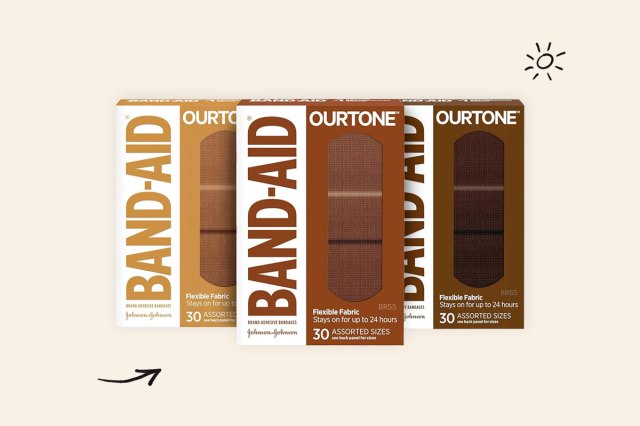
Bandages in Different Skin Tones
Up until recently, it was nearly impossible to find bandages that matched darker skin tones. Injuries happen to everyone, so our first aid tools should be inclusive. Thankfully, now there are more options. Having a variety of bandages helps people protect small wounds without drawing attention to them. The Band-Aid brand you likely already use offers more colors with its Ourtone line, but for more shapes to fit awkward spots like knuckles, try Tru Colour’s assorted bandages.
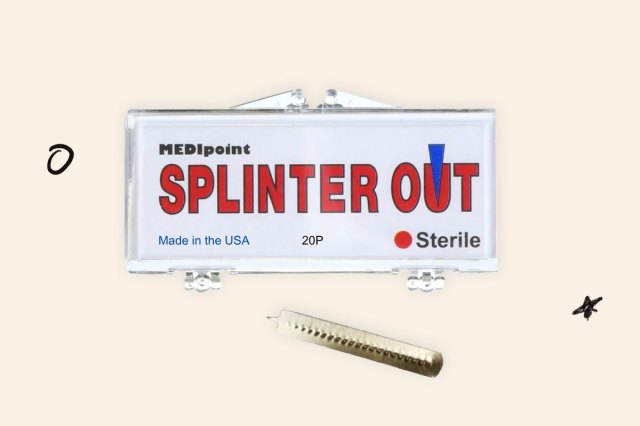
Splinter Removers
Let’s face it, splinters are a pain to deal with. Whether they’re big or small, they can be rather painful and difficult to remove, that’s why your first aid kit should include some splinter removers to pull those pesky pieces out. You can use first-aid tweezers, too, however, these super-sharp lancets make the process easier by gently loosening the skin around the splinter. Each stainless steel remover in this 20-pack is individually wrapped and sterile.
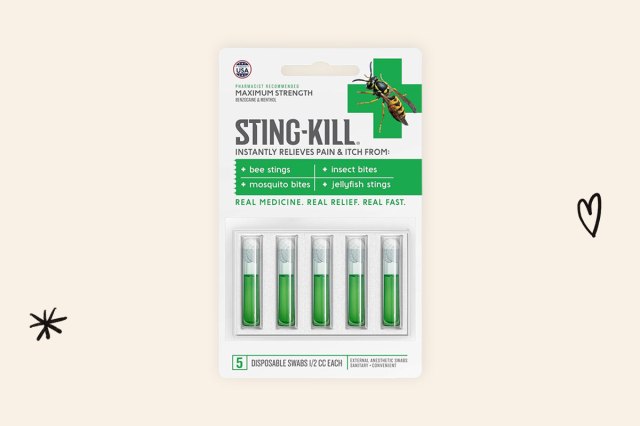
Bite and Sting Relief
When bees and mosquitos bite, pain and itching tend to follow. Thankfully, there are first aid products designed to numb your skin to relieve those sensations almost instantly. We like Sting-Kill’s swab design, but if they’re not in your budget, generic options exist, too. Dukal’s Sting Relief Pads come in a 200-pack for under $10, rather than Sting-Kill’s 10 swabs for the same price.
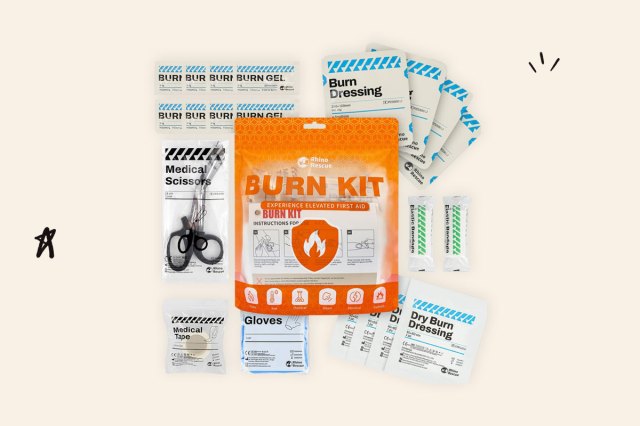
Burn Care
Burns are no fun — even minor ones can cause lingering pain for days. Depending on the severity, you’ll want to take a different approach to treatment. Minor burns, like sunburns, can be treated with a burn relief cream, like the Alocane Emergency Burn Gel. For moderate or larger burns, you may want to invest in a burn supply kit. This one from Rhino Rescue includes eight packets of burn gel and different types of bandages and dressings, as well as tape, scissors, and gloves.
Reader Favorites
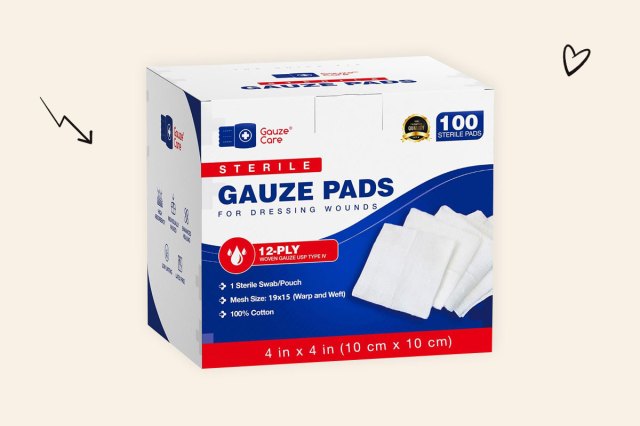
Gauze
Gauze is essential in a first aid kit because it serves a number of purposes. It’s commonly used to dress, pack, and apply pressure to wounds, but it’s also helpful for cleaning wounds and applying ointment. Gauze is best used for surface injuries, like burns and shallow cuts. Since it’s so versatile, we recommend getting a box of pads as well as a roll.
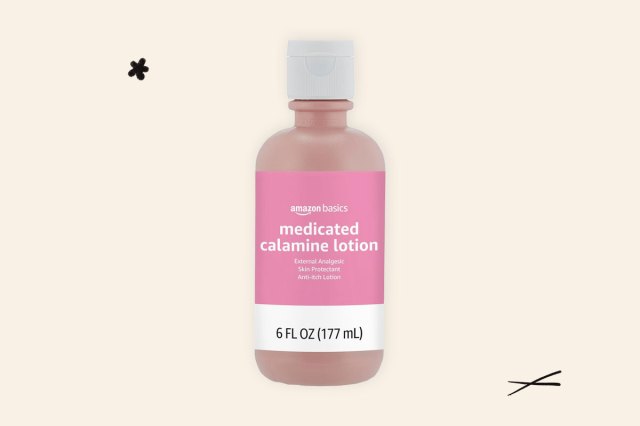
Calamine Lotion
Calamine lotion has been used to soothe rashes and bites for decades. This pink substance may come in handy the next time someone gets poison ivy, since it stops the weeping blisters associated with it. Calamine can be applied several times daily, unlike other treatments that have to be dosed more carefully. For that reason, it might become your favorite form of itch relief.
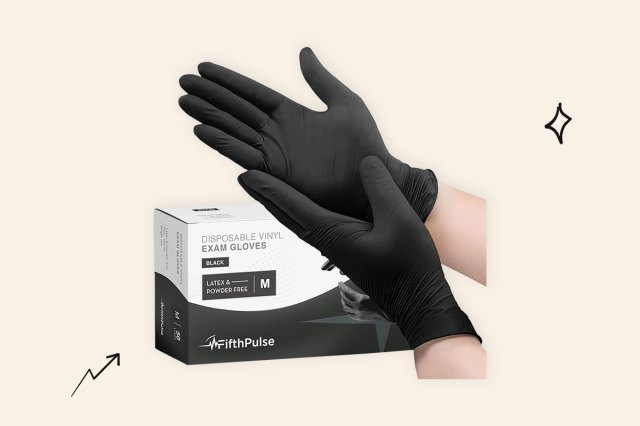
Disposable Non-Latex Gloves
When handling bodily fluids, it’s wise to protect yourself from exposure. Disposable gloves will keep your hands clean and dry, no matter the situation. To avoid irritation, buy a pack that isn’t made with powder or latex. Some people are allergic to these materials, and you don’t want to find out the hard way that you’re one of them. These gloves use vinyl instead, which is also less prone to tears.
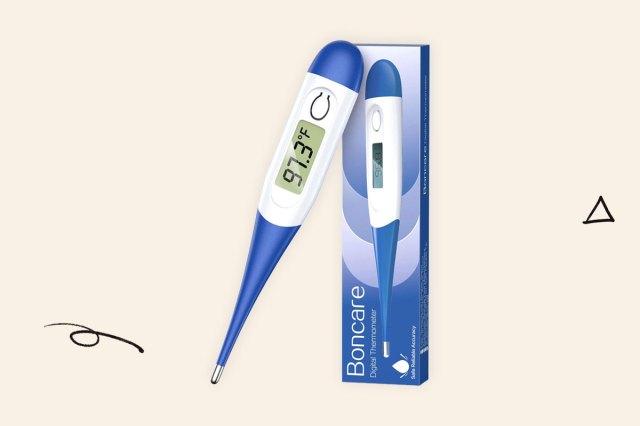
Oral Thermometer
If you’re feeling feverish, a thermometer can confirm it. Knowing your temperature helps you determine the next treatment steps for your illness, including whether to use over-the-counter remedies or see a doctor. While they’re not common anymore, make sure your thermometer isn’t glass and doesn’t have mercury in it!
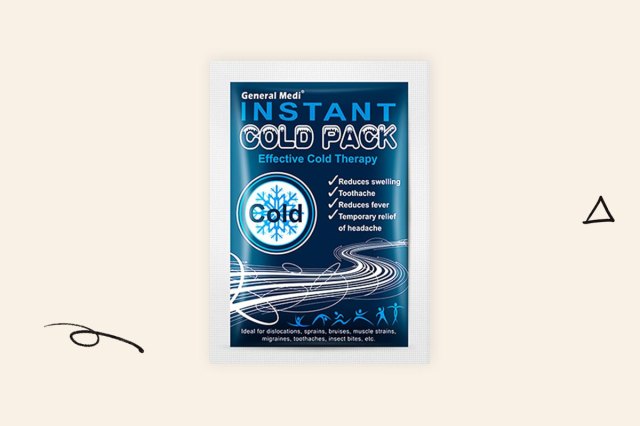
Cold Compress
Ice packs are useful for so many things, like relieving pain and reducing swelling nearly anywhere on the body. Instant cold compresses don’t need to be kept in a freezer. Just squeeze the middle of the pack to activate it and it’s ready to use. Keep some in your first aid kit and some in your car (or another place where you’ll have access to them outside of your home).
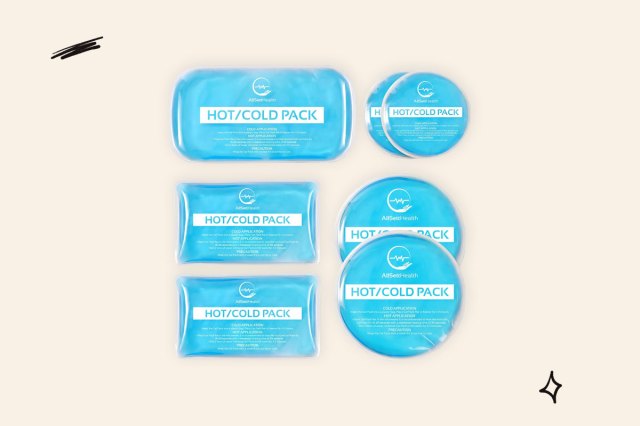
Warm Compress
Some compresses can be used hot or cold, depending on what you’re trying to accomplish. Applying warmth soothes sore muscles and increases blood flow to a part of your body, which ice won’t do. Simply toss your compress in the microwave to experience its benefits!
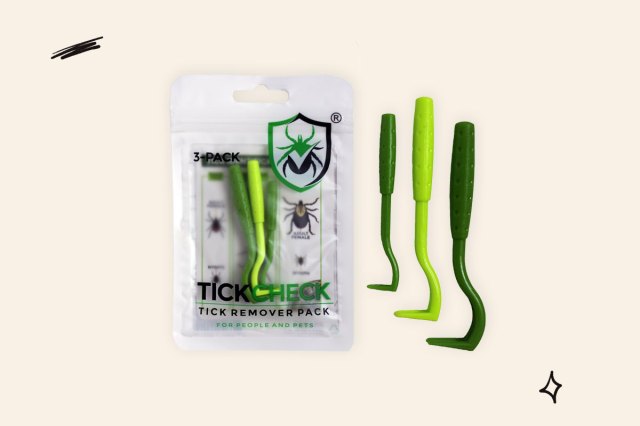
Tick Remover
If you live in an area with tall grass or if you hike frequently, having a tick remover is key and they work for humans and pets alike. They come in different shapes and sizes, and most are portable, as this particular pack is. This makes them easy to put in your first aid kit, even if your kit travels with you.
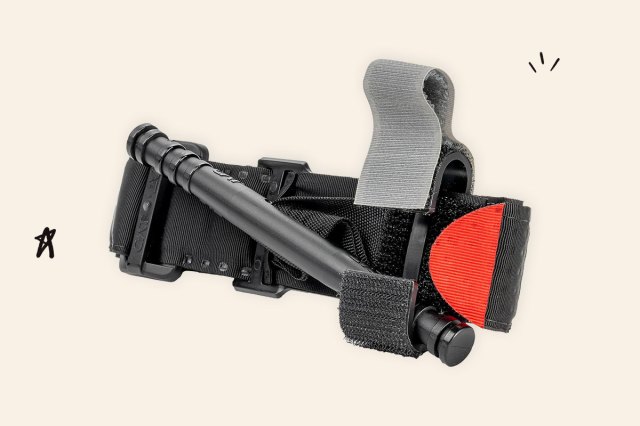
Tourniquet
Tourniquets stop blood flow by squeezing large blood vessels. If someone is bleeding heavily and you’re in a bind, you can create a makeshift one, but it’s better to have a real one on hand to start the process before paramedics arrive. We like this particular brand because it’s the official tourniquet of the U.S. Army, but the JUSAID Tourniquet is another affordable choice. You never know, having a tourniquet could save someone’s life!
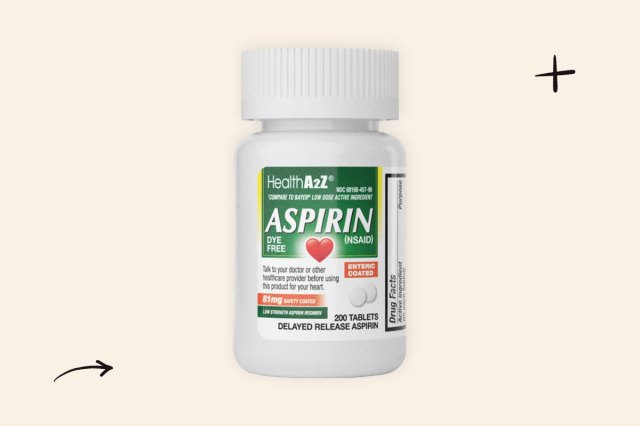
Asprin
Aspirin is more than just a pain reliever. It’s a fever reducer, swelling eliminator, and can even reduce heart damage during an active heart attack. Having it in your first aid kit is more important than you think. It’s likely easier to pick some up during your next trip to the pharmacy, but you can also stock up online.
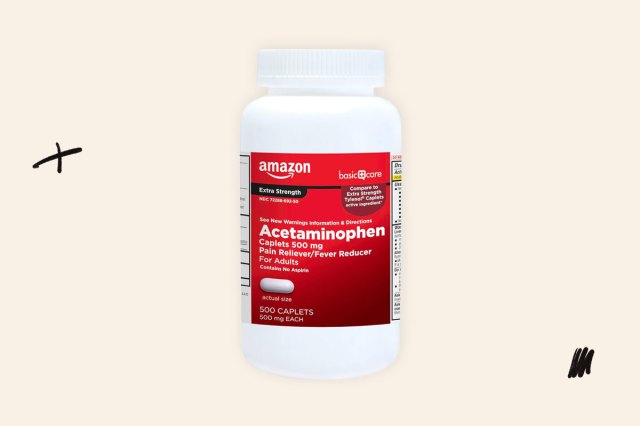
Acetaminophen
Acetaminophen — what you likely know as Tylenol — is another essential medication to keep on hand. As a fever reducer and pain reliever, this medication is frequently used by people suffering from headaches, colds and flus, and uncomfortable menstrual symptoms. If you’re looking to save money, any generic version of Tylenol works.
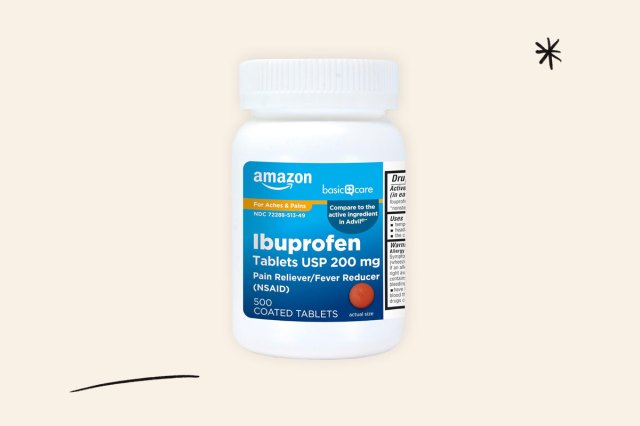
Ibuprofen
Both acetaminophen and ibuprofen are used to treat fever and pain, but ibuprofen is an anti-inflammatory that also helps reduce swelling. One of the most common brands of ibuprofen is Advil, but there are others, including generic options. Sometimes, it may make sense to take ibuprofen with acetaminophen. Other times, it will work on its own.
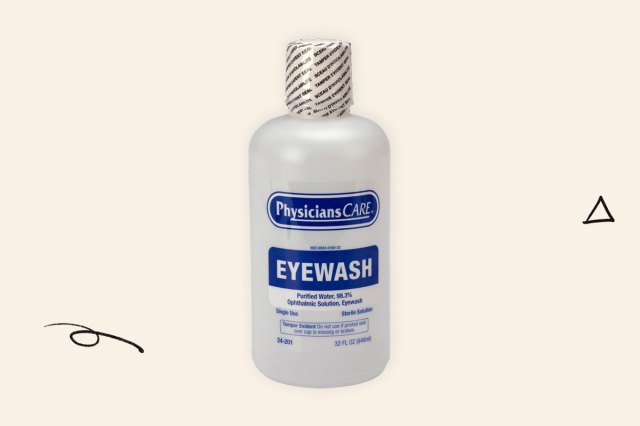
Eye Wash Solution
Professional eye-washing stations are essential for certain jobs to properly flush your eyes if you’ve been exposed to hazardous substances. In most parts of the real world, though, we don’t have access to those. That’s why it’s great to have an eye wash solution on hand instead, which can work in the short term at least until you get to a hospital if necessary. Look for a solution that’s designed to flush and irrigate your eyes, like this one from PhysiciansCare, as opposed to one that’s intended to remove dirt and makeup.
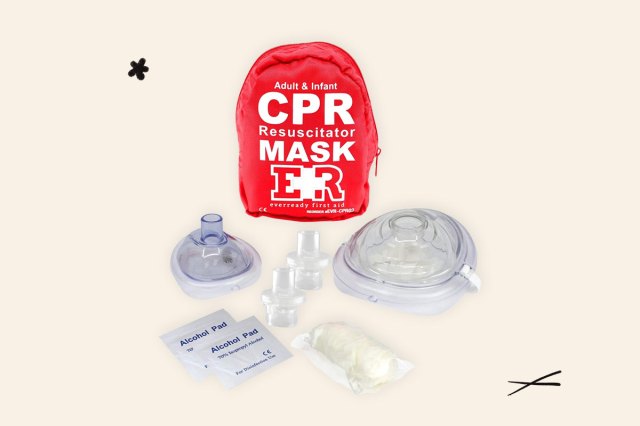
CPR Rescue Mask
We hope you’ll never need to perform CPR, but if you do, using a CPR mask means you no longer need to have mouth-to-mouth contact. Many CPR classes are now teaching people how to perform this life-saving intervention with a mask, and it won’t interfere with its efficacy. Fit the mask over the person’s mouth and create a seal, then blow into the valve until their chest rises and repeat as necessary. You should read the instructions of any first aid tool before you need it, but it’s especially important to know how to use something like this calmly so it’s second nature in an emergency.
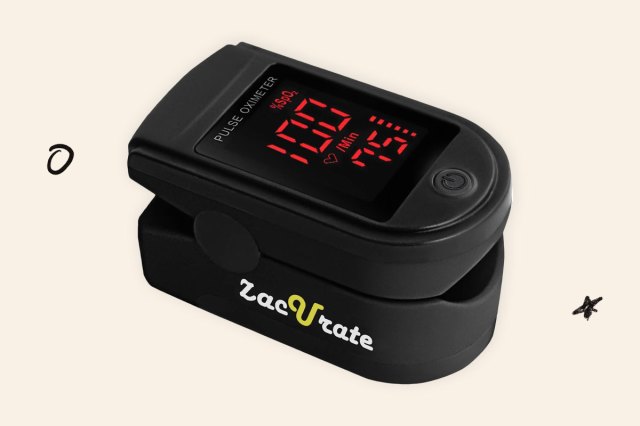
Pulse Oximeter
You may have seen pulse oximeters used at doctors’ offices and hospitals. They measure the oxygen saturation in your blood, which can indicate how well your lungs are working. These can be useful if someone in your home has a severe respiratory illness, as they can help you determine whether or not to go to the hospital. The Zacurate Pro Series 500DL may have a longer battery life according to reviews, but the CONTEC CMS50NA is a cheaper version that includes a waveform.
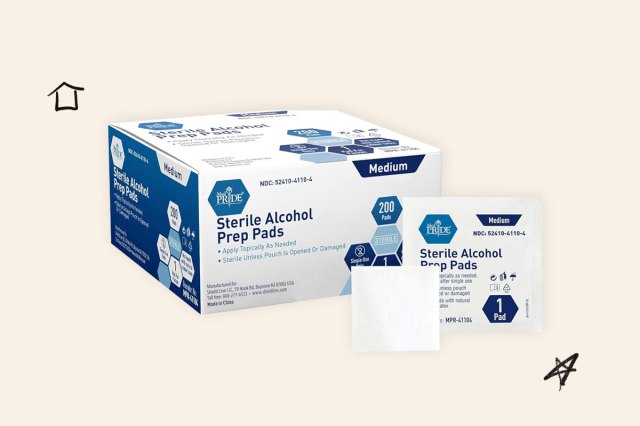
Antiseptic Wipes
Antiseptic wipes are great for cleaning minor wounds to prevent infection. They can also come in handy for other things, so they’re worth keeping in your home. Make sure you’re buying wipes intended for your body, like these Med Pride pads, and not your countertops.
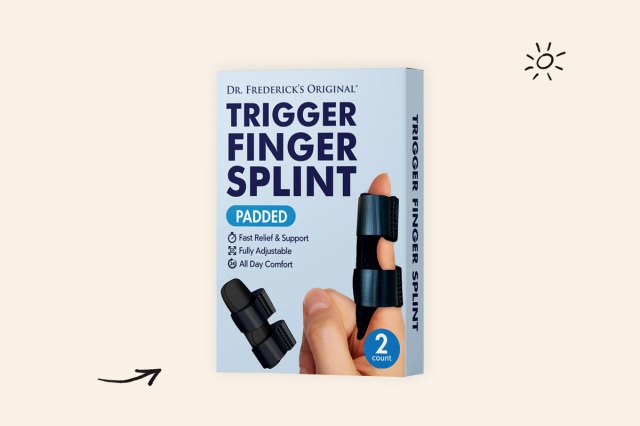
Finger Splint
When you injure your fingers, it’s best not to move them too much to avoid causing further damage. Finger splints help keep your joints in place after a minor injury. They’re not replacements for a doctor’s office, but can be helpful in the meantime.

Petroleum Jelly
Petroleum jellies, like Vaseline, moisturize dry and cracked skin. Some people use it for eczema and diaper rashes and doctors have even started recommending it for applying to cuts instead of Neosporin. You may not think of Vaseline as something that belongs in a first aid kit, but it’s worth the extra few dollars.
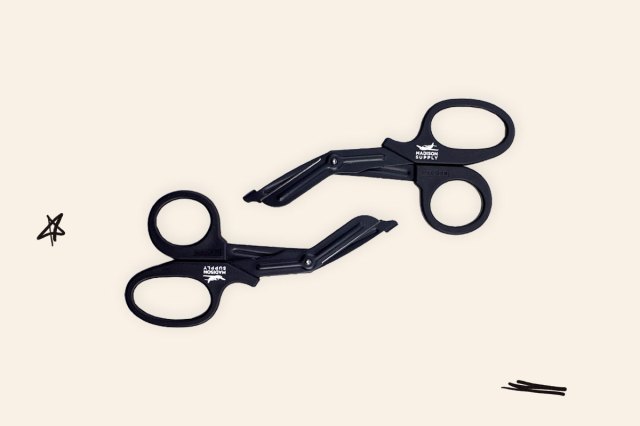
Scissors
We mentioned putting gauze in your first aid kit, but how do you avoid using an entire roll at once? Having scissors nearby can help you preserve whatever you don’t need to use. Even if you’re using pads instead of a roll, it’s useful to have something that can trim gauze to the right size. You can also use these scissors to cut away pieces of clothing if you have an injury that’s impossible to reach otherwise.
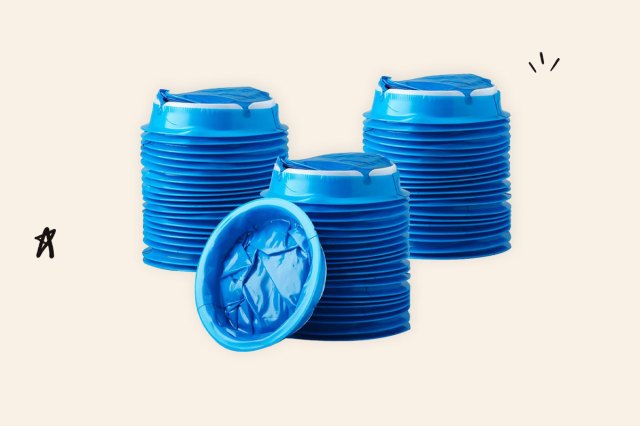
Emesis Bags
When someone is throwing up, they usually need to find something to contain the vomit ASAP. With plastic bags becoming less and less popular, it’s harder to find suitable options. Thankfully, emesis bags still exist, which are specifically designed to hold puke, making clean-up nearly non-existent. They’re relatively compact but expand when you need them.
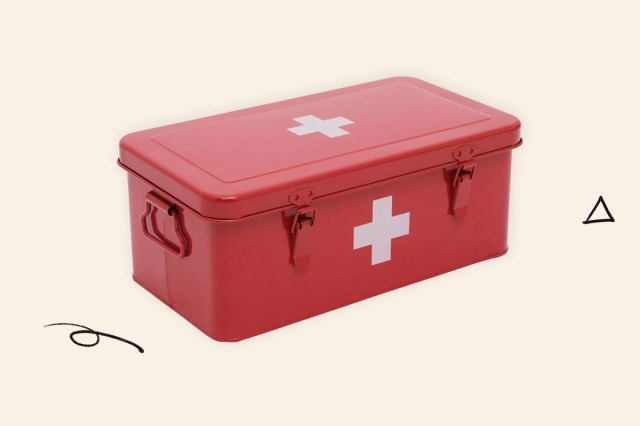
First Aid Kit Box
Technically, this item doesn’t go in your first aid kit — it’s what holds it all together! Get a container that clearly indicates what its use will be. This makes it easier to find in your home, especially for children or people who don’t live there. You’ll also want to make sure it’s large enough to hold everything on this list, plus whatever else you’d like to add.
More From Our Network
Better Report is part of Inbox Studio, which publishes content that uplifts, informs, and inspires.
